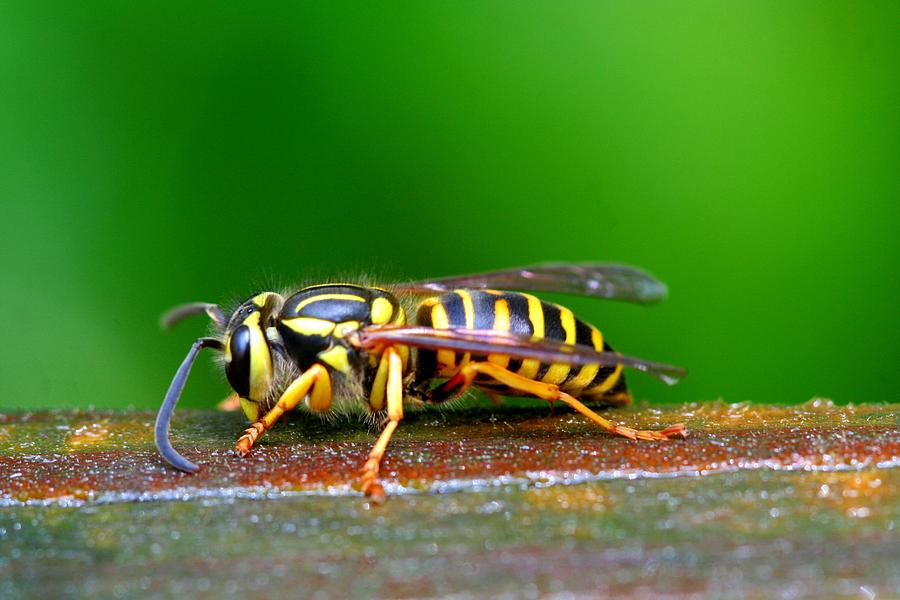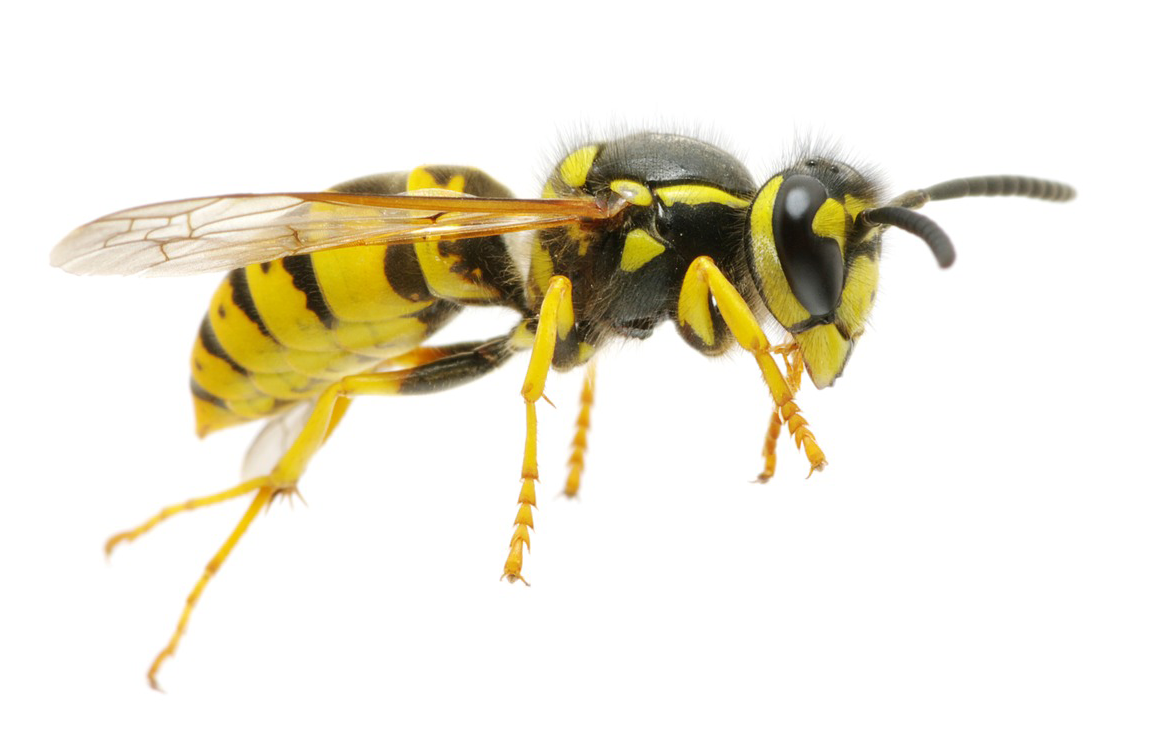

The worker's job is to protect the queen, build the nest, and retrieve food for the queen and larvae. The queen stays in the nest and lays eggs. When dry, this pulp becomes a paper-like substance.Ī colony of yellowjackets is made up of workers and the queen. They build their nests in layers of six-sided cells out of wood they have chewed up into a pulp. Depending on the species, nests will either be underground or in somewhat protected areas like a hollowed out tree or an attic in a building. Yellowjackets live in hives or nests of large colonies.

In North America the European Yellowjacket (German Wasp), the Eastern Yellowjacket, and the Southern Yellowjacket are very common. As a result, disturbing a yellowjacket nest can be very dangerous! Some people are allergic to the venom in a yellowjacket sting and should seek medical help immediately.ĭifferent species of yellowjackets are found throughout the world. Unlike honey bees, a yellowjacket's stinger doesn't usually come out when stinging, allowing it to sting several times. Yellowjackets have a stinger at the end of their abdomen. They have four wings and two antennae as well. Like all insects yellowjackets have six legs and three major body parts: the head, thorax, and abdomen. Workers are typically around ½ inch long. Yellowjackets are yellow and black with stripes or bands on their abdomen. Many people mistake these small wasps for bees as they are similar in size and coloring to honey bees, but they are actually from the wasp family.


 0 kommentar(er)
0 kommentar(er)
